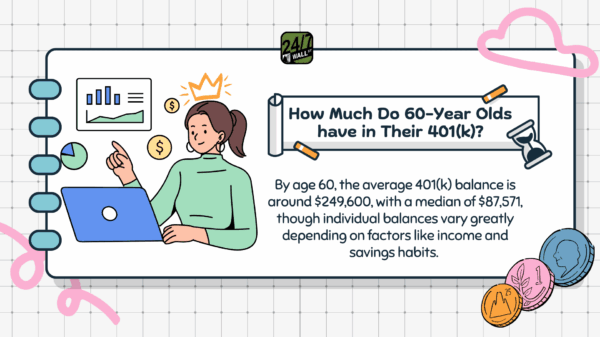Premiums for some of the most popular health insurance plans sold through the federal marketplace are expected to rise by as much as 30% next year. This significant increase, reported by The Washington Post, reflects an examination of premiums across states utilizing HealthCare.gov, which serves as a platform for insurance sales in 30 states.
The average monthly premium for a 40-year-old individual currently stands at approximately $497. If these projected increases materialize, they could represent one of the largest hikes since the implementation of the Affordable Care Act (ACA) marketplaces. Christopher Krepich, a spokesman for the Centers for Medicare and Medicaid Services (CMS), noted that the administration will continue its efforts to stabilize the ACA market, citing recent White House initiatives aimed at lowering drug prices.
### Political Responses to Premium Increases
The looming increases have sparked a political tug-of-war, with Congressional Democrats accusing Republicans of allowing a healthcare crisis to unfold. They argue that leaders, such as House Speaker Mike Johnson and Senate Majority Leader John Thune, should negotiate on insurance premium subsidies to mitigate the impact on American families.
Senate Minority Leader Chuck Schumer emphasized the urgency of the situation, stating, “Every day they’re getting these bills, these notifications of how much they’re going to pay, and they’re just struck by the difficulty they will be in.” He underscored the need for bipartisan dialogue to address these pressing issues, highlighting the emotional and financial strain many Americans face regarding healthcare access.
In contrast, Republican leaders, including Thune, have indicated a willingness to engage in discussions but insist that negotiations will only commence once the government reopens. Thune stated, “We want to give them an opportunity to sit down and litigate some of the issues they want to talk about, but that can’t happen until the government gets opened up again.”
### Implications for Consumers
The potential for premium increases raises concerns among consumers who may struggle to afford necessary health coverage. Although CMS maintains that many subscribers will still be able to access plans for less than $50 a month through subsidies, the reported hikes could drastically alter the landscape of health insurance affordability for the average American.
As these discussions unfold, both parties will need to navigate the complexities of healthcare reform, balancing political agendas with the immediate needs of constituents facing rising medical costs. The developments in this area will be crucial as the 2024 health insurance enrollment period approaches, with many Americans watching closely for updates on available options and the financial implications of these changes.



































































